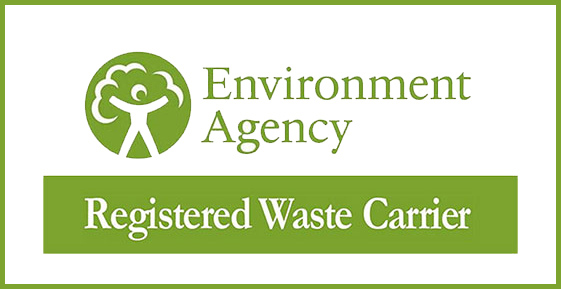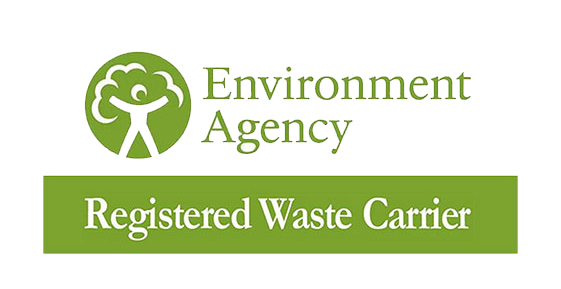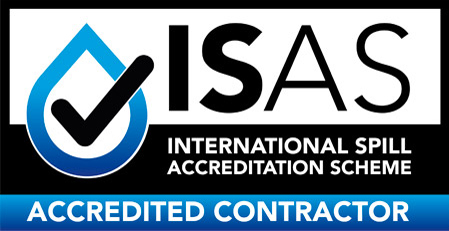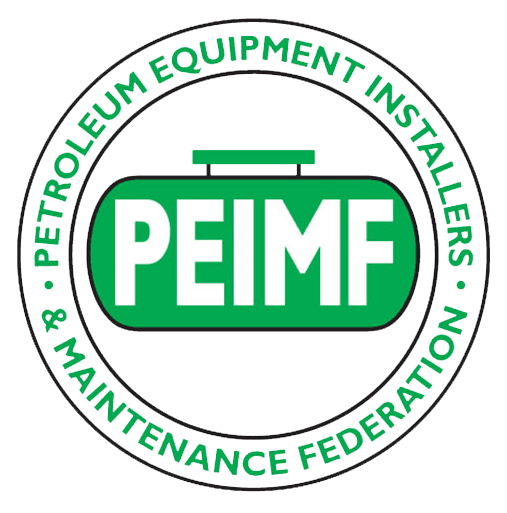AdBlue is a key component in decreasing harmful emissions in diesel-powered vehicles. Nevertheless, it also generates particular risks, making a thorough risk assessment important. Whether you are handling a fleet or operating a facility where AdBlue is used or stored, comprehending what to include in a risk assessment plays a crucial role in guaranteeing security and compliance.
In this informative guide, we will overview what to take into account when performing an AdBlue risk assessment, comprising safety protocols, ecological problems, and regulatory actions.
Understanding AdBlue and Its Properties
AdBlue, a diesel exhaust fluid, is a combination of the following:
Under routine conditions, it is non-poisonous, flameproof, and ecologically sound. However, incorrect handling or storage may lead to major risks, such as spills and contamination. Its erosive nature can also harm specific materials, making safe handling practices necessary.
When performing a risk assessment, begin by comprehending these properties and how they apply to your working conditions. As an example, evaluate the amount of AdBlue stored on-site, the kinds of containers utilised, and whether they satisfy general safety measures.
Storage Considerations
One of the top vital areas in an AdBlue risk assessment is storage. AdBlue needs to be stored at temperatures between -5°C and 30°C to retain its coherence. Vulnerable to elevated temperatures, it might undergo crystallisation or decomposition, rendering it inefficient.
Examine your storage facilities to guarantee they offer sufficient protection from temperature variations. Insulated or climate-controlled storage units are perfect. Moreover, the containers utilised must be non-reactive, like high-density polyethylene (HDPE). Routine monitoring of storage areas for the following is also significant:
Another primary consideration is the place of storage areas. Abstain from storing AdBlue near the following:
- Combustible Materials
- Acids
- Strong Oxidisers
This separation reduces the likelihood of chemical reactions during a spill or leakage.
Spill Management and Containment
Spillage is one of the core risks connected with AdBlue. Your risk assessment must outline spill management processes, including:
Spill Kits: Make sure spill kits, specially created for AdBlue, are easily accessible. These kits must consist of the following:
- Absorbent Materials
- Non-Reactive Containers for Disposal
- Personal Protective Equipment (PPE)
Containment Systems: To prevent spills from spreading, examine whether your site has efficient containment systems, such as bunded areas.
Training: Inform personnel with precise instructions on handling spills, including the following:
- Immediate Containment
- Reporting Protocols
Moreover, the ecological consequences of possible spills must be considered. AdBlue can pollute water sources if it is not contained correctly. Ensure your facility has suitable drainage systems and safeguards storm water pathways.
Handling and Transportation
AdBlue is usually transferred between storage units, vehicles, or machinery. This procedure needs considerable attention to reduce risks. Your risk assessment must cover the following:
Training for Personnel: Workforce managing AdBlue must be trained in correct procedures to prevent accidents, including the use of PPE, such as:
Equipment Maintenance: Defective equipment may give rise to leaks or spills. Therefore, constantly examine the following transfer equipment for wear and tear.
Labelling and Signage: Make sure all containers and transport units are clearly marked. Use labels to indicate the following:
- Potential Hazards
- Proper Handling Instructions
Environmental Impact
Considering AdBlue’s role in emission reduction, its ecological consequence may appear minimal. Nevertheless, incorrect handling may have serious consequences. Spills that reach soil or water supply points may give rise to pollution. As a result, your risk assessment must include the following:
- Environmental Monitoring: Periodic checks to guarantee that storage and handling practices do not negatively impact adjacent locations.
- Disposal Measures: AdBlue must not in any way be poured down drains or directly into the environment. Use certified waste management services to set up transparent procedures for discarding expired or polluted AdBlue.
- Preventive Systems: Install barriers or secondary containment systems to avoid unintentional discharge in the natural environment.
Health and Safety Compliance
Establishing conformity with health and safety requirements is the foundation of each risk assessment. AdBlue is regarded as a minimal risk to physical health. However, extended exposure may lead to something like skin inflammation or respiratory trouble. To reduce these risks, do the following:
- Provide PPE: Gloves, goggles, and protective clothing must be compulsory for all staff managing AdBlue.
- Safety Data Sheets (SDS): Make SDS easily accessible on-site. These sheets give necessary information regarding AdBlue’s properties and first-aid measures.
- First Aid Training: Make sure personnel are guided in simple medical first aid, including responding to skin or eye contact with AdBlue.
Moreover, each industry-specific provision connected to chemical storage and handling must be abided by. You should perform periodic checks to guarantee compliance.
Emergency Preparedness
In spite of protective measures, emergencies can still happen. Your risk assessment must include a strong emergency measures plan. Major components include the following:
Emergency Contacts: Display a list of emergency numbers, such as:
- Local environmental agencies
- Chemical spill response teams
Drills and Simulations: Conduct routine drills to examine your crew’s prompt response to spills or other incidents.
Evacuation Procedures: Clearly mark escape routes and procedures for big-scale spills or leaks.
Identifying People at Risk and Assessing Potential Hazards
An essential part of any AdBlue risk assessment is identifying individuals who may be at risk and understanding why. To ensure a comprehensive evaluation, ask the following questions during this stage:
- How likely it is that someone could be harmed, and how severe could the harm be?
- What measures are currently in place to prevent harm from AdBlue?
- Are there additional precautions needed for storage, handling, or dispensing processes?
People at Risk of Harm
Employees, contractors, and everyone else involved in the storage, managing, or transportation of AdBlue may face risks. For example, physical contact with AdBlue may result in skin disorder, whereas incorrect storage or spills can expose workers to additional hazards. Moreover, visitors or adjacent residents may also be impacted if AdBlue is stored or handled in regions with insufficient containment.
Identifying Hazards
Develop a thorough list of all AdBlue products used on-site, including their physical and chemical characteristics, like pH levels. Make sure to bear in mind any toxic waste or by-products that might arise during use or disposal. This information will aid in designing suitable measures to limit risks efficiently.
Risk Rating and Control Measures
Once hazards are detected, assign each a risk rating based on its possibility and intensity. A simple high/medium/low scale can be efficient for this purpose. Higher risk ratings need stringent regulations to ensure safe storage, handling, and dispensing of AdBlue.
Create a strong set of control measures customised to your particular risks, such as improving storage systems, upgrading spill containment, or providing extra PPE.
Responsibility for Risk Assessments
If AdBlue is a routine part of your business operations—whether in engineering, vehicle fleets, or construction—the law needs you to conduct a risk assessment. This obligation integrates with different regulations, including:
- Health and Safety at Work Act 1974.
- The Chemicals (Hazard Information and Packaging for Supply) Regulations 2009.
- Control of Substances Hazardous to Health Regulations 2002 (COSHH).
- The Carriage of Dangerous Goods and Use of Transportable Pressure Equipment Regulations 2009 (CDG 2009).
A capable individual or health and safety officer must supervise the assessment to guarantee compliance and accuracy.
By addressing these major areas, you will accommodate legal needs and offer a secure and safer environment for everyone involved in your AdBlue operations.
Training and Awareness
A well-briefed crew is your first line of defence from the risks arising. Routine training sessions must cover the following:
- AdBlue Properties and Risks: Teach workers about AdBlue’s attributes and the possible hazards of incorrect handling.
- Storage and Handling Protocols: Support superior and secure storage, transfer, and usage practices.
- Incident Reporting: Promote a habit of clarity where workers feel at ease reporting near-misses or possible hazards.
Periodic Review and Improvement
Risk assessments must never be invariable. Routine reviews guarantee your processes remain efficient and fit each change in operations or regulations. Set up periodic evaluations to:
- Upgrade storage or managing protocols as required.
- Include the latest technologies or superior practices.
- Address each gap detected during past reviews.
In a Nutshell!
Performing a thorough AdBlue risk assessment is vital for retaining safety, safeguarding the environment, and guaranteeing compliance. You can reduce risks by covering storage, handling, spill management, and training areas.
At Network Environmental UK, we comprehend the significance of detailed risk assessments. For professional guidance or support, contact us today at 0121 308 6938 or 0154 332 4016. Let us help you guarantee security and compliance right up to the end.















